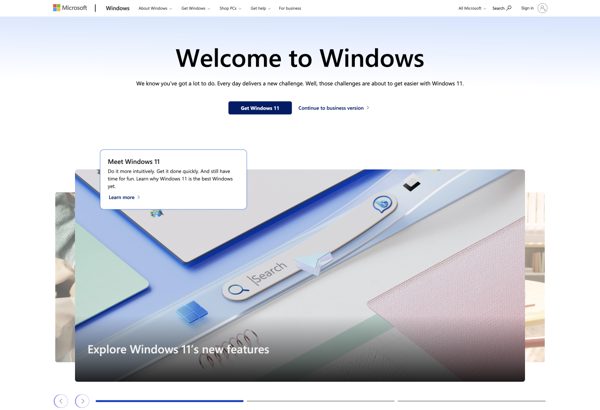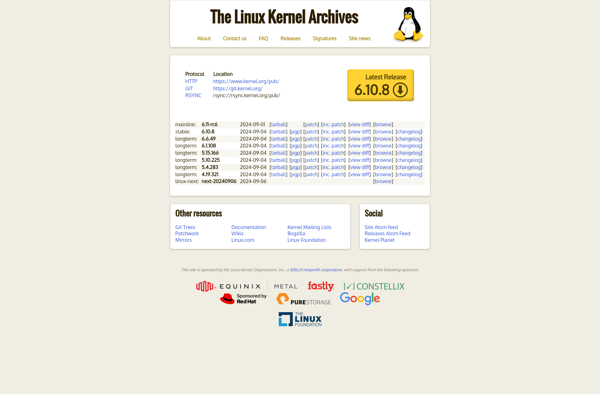BlackBerry QNX

BlackBerry QNX: Unix-like OS for Embedded Systems
A commercial operating system designed for high reliability and performance in automotive, medical devices, industrial automation, rail transportation, robotics, and aerospace applications.
What is BlackBerry QNX?
BlackBerry QNX is a real-time operating system (RTOS) designed for safety-critical embedded systems requiring high reliability, security, and performance. It provides a microkernel architecture, advanced scheduling and resource management, fast inter-process communication, and POSIX compatibility.
QNX has its roots in the QNX OS that was originally developed in the early 1980s for PCs. It was later acquired by BlackBerry and refined into a commercial RTOS targeting the embedded market where reliability and real-time determinism are critical. Key features include:
- Microkernel architecture - Provides stability, security, and ability to isolate critical processes.
- True priority-driven preemptive scheduling - Ensures critical tasks meet timing deadlines.
- Fast inter-process communication - Enables quick coordination between processes.
- Small footprint - Fits into devices with limited hardware resources.
- POSIX API support - Makes porting of applications easier.
Today QNX runs across various industries powering systems such as in-vehicle infotainment/telematics in automobiles, medical instrumentation, industrial control systems, wireless infrastructure, and even the space rovers on Mars. It competes against other commercial RTOSes like Wind River VxWorks, Green Hills Integrity, or Linux-based alternatives.
BlackBerry QNX Features
Features
- Microkernel architecture
- Real-time performance
- High reliability
- Small footprint
- Scalability
- Security
Pricing
- One-time Purchase
- Subscription-Based
Pros
Cons
Official Links
Reviews & Ratings
Login to ReviewThe Best BlackBerry QNX Alternatives
Top Business & Commerce and Enterprise Software and other similar apps like BlackBerry QNX
Here are some alternatives to BlackBerry QNX:
Suggest an alternative ❐Windows 10

Zorin OS

Linux kernel

AntiX

DietPi

GhostBSD

AlmaLinux

Linux From Scratch

Xubuntu

Mageia

NetBSD

DragonFly BSD

Rocky Linux
